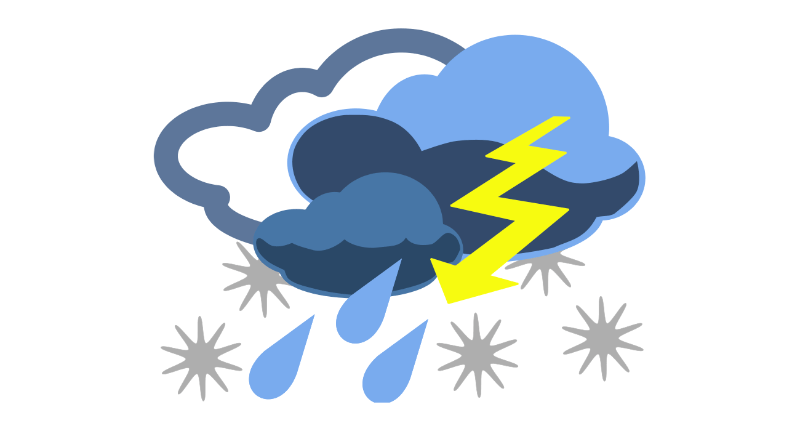US insured cat losses likely below $65bn across all perils in 2023: BMS’ Siffert

Insurance industry losses from catastrophe and weather related events in the United States are likely to end 2023 below $65 billion for the year, which would be just above normal at 108% of the 10-year average U.S. loss, but only 94% of the five-year average annual U.S. loss, according to BMS Group’s Andrew Siffert.
Siffert, the Senior Meteorologist at insurance and reinsurance broking specialist BMS, noted that the major driver of US insured catastrophe losses in 2023 was the severe and convective weather outbreaks that have been particularly impactful to primary carriers, especially in certain locations like the midwest of the country.
With reinsurance attachment points having been elevated and aggregate reinsurance so much less available, the way insured losses fell in 2023 has meant a far greater burden for some primary companies, as well as less of the burden falling to reinsurance and ILS funds.
In a recap of the year’s catastrophe loss activity, Siffert explains that, “In summary, U.S. weather extremes were very normal despite what one might have seen over mass media or how they might have played out on individual insurance company results, which we know can have influence far beyond the weather extremes themselves.”
Insured losses in the United States tend to drive around 64% of the overall industry loss burden in any given year, Siffert notes.
In 2023, Siffert notes that data suggests US insured catastrophe losses could come in below $65 billion across all perils.
If the roughly 64% of global losses was to hold true, that would mean global insured cat losses need to come in at close to $100 billion, but we know they already reached that level a few weeks ago.
In fact, reinsurance giant Swiss Re gave a preliminary estimate that global catastrophe losses reached $108 billion earlier in December.
Since Swiss Re’s estimate was released we’ve seen more severe weather and catastrophes, including weather events in Australia, Argentina and Europe, as well as more severe weather in the United States.
While worldwide insured catastrophe and weather losses are likely to come in below the expected modeled average annual cat loss of $133 billion for the full-year, Siffert notes, it seems that US losses could be below the average of roughly 64% of the global total.
Siffert went on to explain how the year impacted insurers in the US.
“In any given year, there appears to be perils that dominate as the loss driver. It is clear that in 2023, U.S. severe weather was the driver of losses, which are just over double the 10-year average annual loss of $26B. These have resulted in a record year for severe weather losses across the U.S. and a pain point for many insurance companies,” he explained.
Adding, “Thankfully for the insurance industry, the U.S. landfalling hurricane season in terms of losses was a snooze fest, compared to the last five years, when U.S. hurricane losses have been a major driver of overall worldwide loss.”
He noted that the industry loss for Hurricane Idalia still has to settle, but added, “According to our analysis here at BMS Re, Idalia will likely be the lowest loss ever to have been experienced by the insurance industry for a hurricane of its magnitude.”
“In summary,” Siffert said, “2023 was an average year with below-normal insurance industry losses.”
It remains to be seen how 2024 plays out and Siffert highlights a number of meteorological factors that could play into next year’s insured catastrophe loss activity.
“Climate models already suggest that the severe weather season could be active in the southeast U.S this January, which is typical of El Nino winters. These climate models also suggest the central pacific El Nino could be short-lived, with some climate models suggesting a return to natural or even cooler La Nina conditions, which would aid in more named storm development in the Atlantic basin over the ground state of warmer SST,” he explained.
A shift back to La Nina conditions while the Atlantic sea surface temperatures (SST) remain warmer than normal, could herald a hurricane season to watch closely, although as ever it will be the specific location and track of storms that form, and any landfalls that occur, that really matter to the reinsurance and ILS market in 2024.






